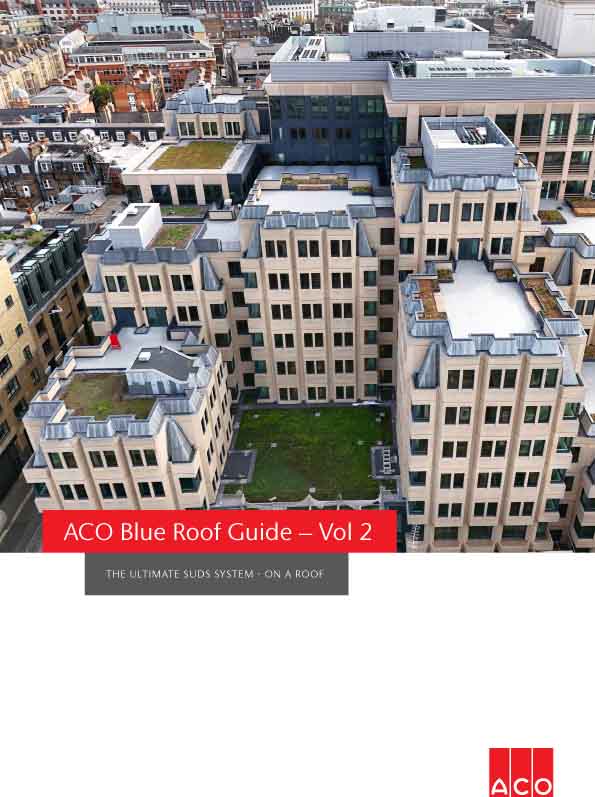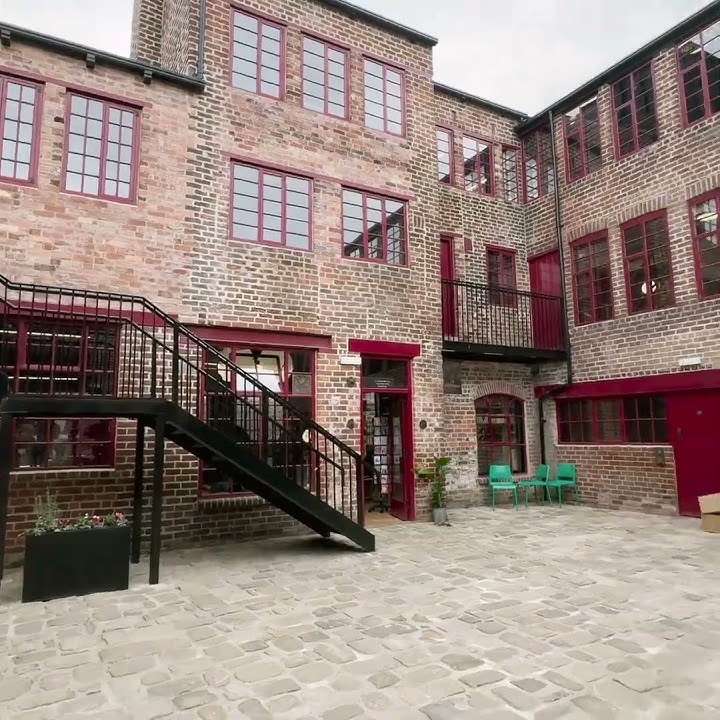Two decades on from Economist Dame Kate Barker's landmark review of housing supply, new analysis finds successive political failings have left the nation with a property shortfall equivalent to the entire housing stock of Ireland.
Commissioned by the Treasury to address decades of undersupply, the Barker report was hailed as ‘the most detailed analysis of the housing market in 50 years’, with then Chancellor, Gordon Brown hoping it would act as a blueprint for a cross-party approach to improving national housing affordability.
However, just 11 of Barker’s 36 recommendations are currently in place. Recent changes to the planning system announced by Michael Gove to appease NIMBY backbenchers have alone led to the rolling back of three measures Barker identified to improve the housing market for first-time buyers.

The politicisation of planning and general lack of political bravery, has seen the country fall far short of the housing supply scenarios laid out by Barker, which she forecast would have priced more households into the market.
New analysis shows that the nation is 2 million homes short of the report’s most ambitious scenario, which would have had the greatest impact on affordability. This shortfall is equal to the entire housing stock of Ireland. It is this undersupply that has plunged the country into an acute housing crisis and made home ownership unattainable for swathes of young people.
The 'Beyond Barker' report published today by the Home Builders Federation (HBF) reflects on Barker’s key findings and recommendations, how they were acted on and the consequences of many of them not being followed through with. It highlights that:
- England would have 2 million more homes today - equivalent to the entire housing stock of Ireland, or the urban areas of Manchester and Birmingham combined - if the Barker Review’s most ambitious housing supply scenario had been achieved.
- Even if comparing to Barker’s central scenario for increasing housing supply (requiring 240,000 homes to be built a year on average) England has still fallen 900,000 homes short of the total number needed to make the market more affordable over the past 20 years.
- Barker’s central housing supply targets for moderately pricing households into the market over time have been met just twice in 20 years (2018-19 and 2019-20), during a period when ministers promoted progressive planning and housing policies and Government had in place a first-time buyer support scheme.
- Only 11 of the 36 recommendations of the Barker Review are currently in place – with a further 10 having only been partially implemented. Five recommendations were implemented and then reversed.
- The recent changes to the National Planning Policy Framework (NPPF) saw regression on progress on three of the Barker Review’s recommendations relating to targets, the allocation of land by local authorities, and the Green Belt.
Dame Kate Barker, who says in her forward to today’s report that “the prospect of 300,000 new homes a year in England seems as far off today as it did in 2004”, produced the report for then-Chancellor Gordon Brown and Deputy Prime Minister John Prescott. It remains the most significant review of housing supply in England during the last 70 years.
Two decades on from Barker’s prediction that “for many the aspiration [for home ownership] will remain unfulfilled unless the trend in real house prices is reduced”, the report shows that her prediction has proved disappointingly prophetic.
Over the past 20 years;
- The average age of first-time buyers has risen from 31 to 34
- Home ownership levels have fallen from 71% to 65%,
- Housing affordability has worsened in every single local authority in England
- The ratio of median house prices to earnings has increased from 5.1 to 8.3
Barker set out three scenarios to increase housing supply and make the housing market more affordable. The most ambitious scenario required 297k homes a year to be built – just shy of the current Government’s 300k ‘target’. This has not been achieved in a single year since 2002, falling on average 110k short each year.
Only the least ambitious of Barker’s three scenarios, to build 183k homes a year on average, has been achieved – and this was due to a political will to boost housebuilding during the early 2010s that has subsequently waned. The central scenario targets were met in just two of the past 20 years, also the result of considerable political will on the part of ministers between 2010 and 2019.
Furthermore, as was recently echoed by the Competition and Markets Authority (CMA) following its year-long market investigation into housebuilding, Barker identified that planning was the biggest barrier to delivery. Housing Secretary, Michael Gove’s rolling back of the positive planning reforms of the early 2010s last December means that the same barriers to action are being encountered again. Beyond Barker urges the Government to reverse its recent changes.
Stewart Baseley, Executive Chairman at the Home Builders Federation, said: “Frustratingly many of Kate’s recommendations and barriers to housing delivery highlighted in the 2004 review remain as relevant today as they did then.
“Ministers can consult this 20-year old review; pick up the report published just last month by the independent Competition and Markets Authority; or browse the plethora of papers and articles in between. The answer is clear: the planning regime is failing to deliver. The country’s economic prosperity and the needs of younger households must now be put ahead of short-term political expediency. We urge them to be brave.
“All indicators now show a further sharp decline in supply is ahead - the inevitable result of several years of anti-growth policy and rhetoric. The politically driven weakening of the planning system will impact housing supply for years to come and needs to be urgently reversed, whilst many of the other recommendations put forward 20 years ago could still have a positive impact.
“Meanwhile, the social and economic implications of an ongoing lack of supply are deepening, with a generation unable to access decent housing and investment in jobs and communities all suffering.”
Dame Kate Barker, in her foreword to the report, said: “As the HBF report makes clear, some policy changes have moved further away from support for sufficient housing supply, compounded by the squeeze on resources in planning departments.
“To the extent the Review could be counted a success, that success has waned. The prospect of 300,000 new homes a year in England seems as far off today as it did in 2004.”
The relevance of the Barker Review is underlined by the fact many of HBFs recent asks echo Barker’s recommendations. Beyond Barker urges Government to consider:
- Barker recommendation 16 - LPA resources: There is an ongoing need for the Government to carefully consider how LPAs can be placed on a self-sustaining financial footing for the long term. Delays in processing applications by understaffed departments are a major barrier to housing delivery.
- Barker recommendation 24 - developer contributions and infrastructure adoption: Measures should be introduced to ensure consistency across the country and mitigate delays, including the wider use of standard template agreements as a basis for Section 106 negotiations. There should also be national standards for adoption of highways and other infrastructure, as the CMA recently called for.
- Barker recommendation 34 - skills: There remains an urgent need for greater influence and control over the funding that the industry currently provides via the construction industry training Levy. This change would allow the industry more control over its strategy to deliver apprenticeships and develop the skills of the workforce, as Barker recommended.




















